Introduction
Lemons, known for their vibrant yellow hue, zesty aroma, and tangy flavor, are a staple in many kitchens worldwide. Their versatility allows them to be used in a myriad of dishes, drinks, and even desserts. One delightful way to preserve the freshness and essence of lemons is through pickling. Pickling not only extends the shelf life of lemons but also enhances their flavor, making them a perfect addition to salads, marinades, and various culinary creations. In this article, we will delve into the art of pickling fresh lemons, exploring the best methods, ingredients, and tips to ensure your pickled lemons are not only preserved but also bursting with flavor.
Understanding the Basics of Pickling
Pickling is a preservation technique that involves immersing food in an acidic solution, typically vinegar or a brine made from salt and water, to prevent spoilage. This process not only preserves the food but also adds a unique tanginess and depth of flavor. When it comes to pickling lemons, the goal is to create a balance between the sourness of the lemon and the pickling liquid, ensuring the final product is both tangy and refreshing.

Choosing the Right Lemons
The first step in pickling fresh lemons is selecting the right ones. Here are a few tips to ensure you get the best quality lemons:
-
Appearance: Look for lemons that are firm, bright yellow, and have smooth, blemish-free skin. Avoid lemons with soft spots, wrinkles, or discoloration.
-
Scent: Fresh lemons should have a strong, zesty aroma. If the lemon smells dull or lacks fragrance, it may not be as fresh as you’d like.
-
Weight: Heavier lemons tend to be juicier and more flavorful. Pick lemons that feel heavy for their size.
-
Season: Lemons are generally available throughout the year, but they are at their peak during the winter months. Try to pickle lemons during their peak season for the best results.
Preparing the Lemons
Once you have your fresh lemons, it’s time to prepare them for pickling. Here’s a step-by-step guide:
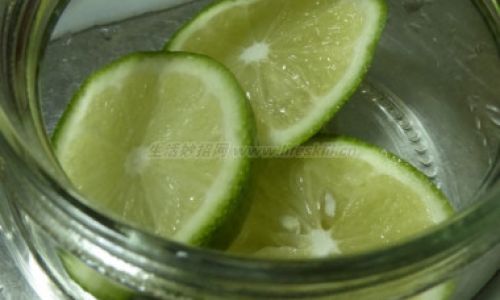
-
Washing: Rinse the lemons thoroughly under running water to remove any dirt, pesticides, or waxy coatings. Pat them dry using a clean kitchen towel.
-
Slicing: There are various ways to slice lemons for pickling. You can slice them thinly, into wheels, or even quarter them. Thinner slices will pickle faster and be more tender, while thicker slices will retain more texture and flavor.
-
Seeding: Remove the seeds from the lemon slices. This step is optional but recommended as the seeds can add a bitter taste to the pickling liquid.
Creating the Pickling Liquid
The pickling liquid is crucial as it not only preserves the lemons but also infuses them with flavor. Here are a few popular recipes for pickling liquid:
-
Basic Brine:
- Ingredients: 1 cup water, 1/2 cup salt (non-iodized is preferred), 1 cup vinegar (white or apple cider vinegar works well).
- Instructions: Boil the water and salt until the salt is fully dissolved. Remove from heat and let it cool. Stir in the vinegar. This basic brine provides a good balance of saltiness and tanginess.
-
Spiced Vinegar:
- Ingredients: Basic brine (above), plus 1 teaspoon whole black peppercorns, 1 teaspoon mustard seeds, 1 cinnamon stick, and a few cloves.
- Instructions: Prepare the basic brine. Add the spices to the brine and let it simmer for about 10 minutes to infuse the flavors. Remove from heat, let it cool, and strain out the spices before using.
-
Herbed Vinegar:

- Ingredients: Basic brine (above), plus a handful of fresh herbs such as thyme, rosemary, and bay leaves.
- Instructions: Prepare the basic brine. Add the herbs to the brine and let it steep for at least an hour before using. You can also let it sit longer for a more intense herbal flavor.
Pickling the Lemons
Now that you have your prepared lemons and pickling liquid, it’s time to combine them:
-
Jarring: Choose a clean, sterile glass jar with a tight-fitting lid. Glass jars are preferred as they won’t react with the pickling liquid.
-
Packing: Pack the lemon slices tightly into the jar. This helps to submerge them fully in the pickling liquid and also prevents them from floating.
-
Pouring: Pour the cooled pickling liquid over the lemon slices, ensuring they are completely submerged. If necessary, you can use a smaller jar or a weight (like a clean, small stone or a piece of plastic wrap pressed down with a weight) to keep the lemons submerged.
-
Sealing: Tightly close the jar’s lid and shake it gently to distribute the liquid evenly.
Storage and Waiting
The pickling process can take anywhere from a few days to a few weeks, depending on your preference for flavor intensity and texture. Here are some tips for storing and waiting:
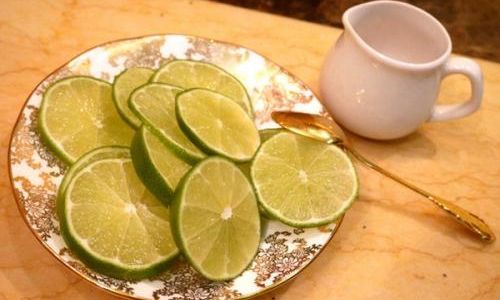
-
Location: Store the jar in a cool, dark place. Avoid direct sunlight and extreme temperatures, which can alter the pickling process and flavor.
-
Burping: Occasionally, you may need to “burp” the jar by loosening the lid slightly to release any built-up pressure. This is especially important during the first few days of pickling.
-
Taste Testing: Start tasting the pickled lemons after a week. The longer they sit, the more intense their flavor will become. Once they reach your desired taste, you can stop the pickling process.
Using Pickled Lemons
Pickled lemons can be used in a variety of dishes, adding a unique tanginess and depth of flavor. Here are a few ideas:
-
Salads: Chop pickled lemons and add them to green salads for a refreshing burst of flavor.
-
Marinades: Use pickled lemon juice and zest as part of a marinade for meats, poultry, or seafood.
-
Dressings: Incorporate pickled lemons into vinaigrettes and dressings for a zesty twist.
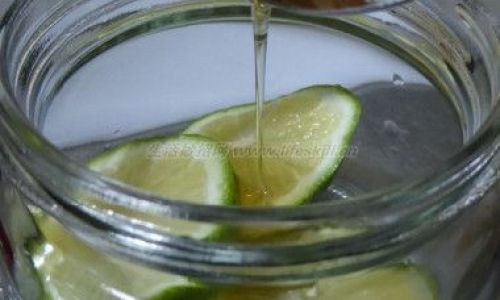
-
Cooking: Add pickled lemon slices to stews, soups, and braises for a rich, tangy flavor.
-
Drinks: Use pickled lemon juice to flavor cocktails, mocktails, and iced teas.
Conclusion
Pickling fresh lemons is a simple yet rewarding way to preserve their freshness and enhance their flavor. By following the steps outlined in this article, you can create delicious, tangy pickled lemons that will elevate your culinary creations. Whether you prefer a basic brine, a spiced vinegar, or a herbed vinegar, the possibilities for flavor are endless. So, the next time you find yourself with an abundance of fresh lemons, consider pickling them for a delightful taste that will last for months. Happy pickling!


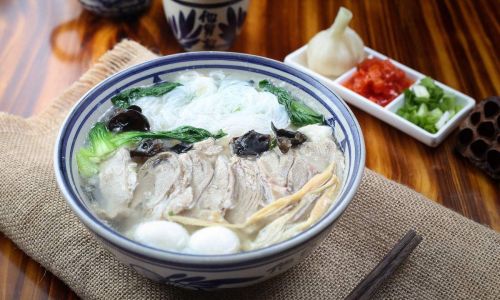
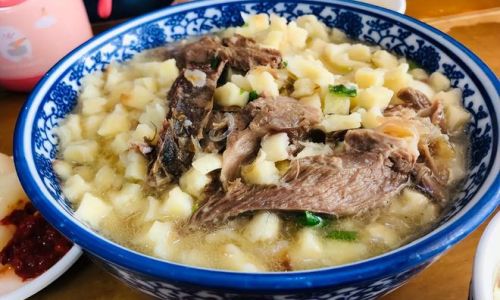
0 comments